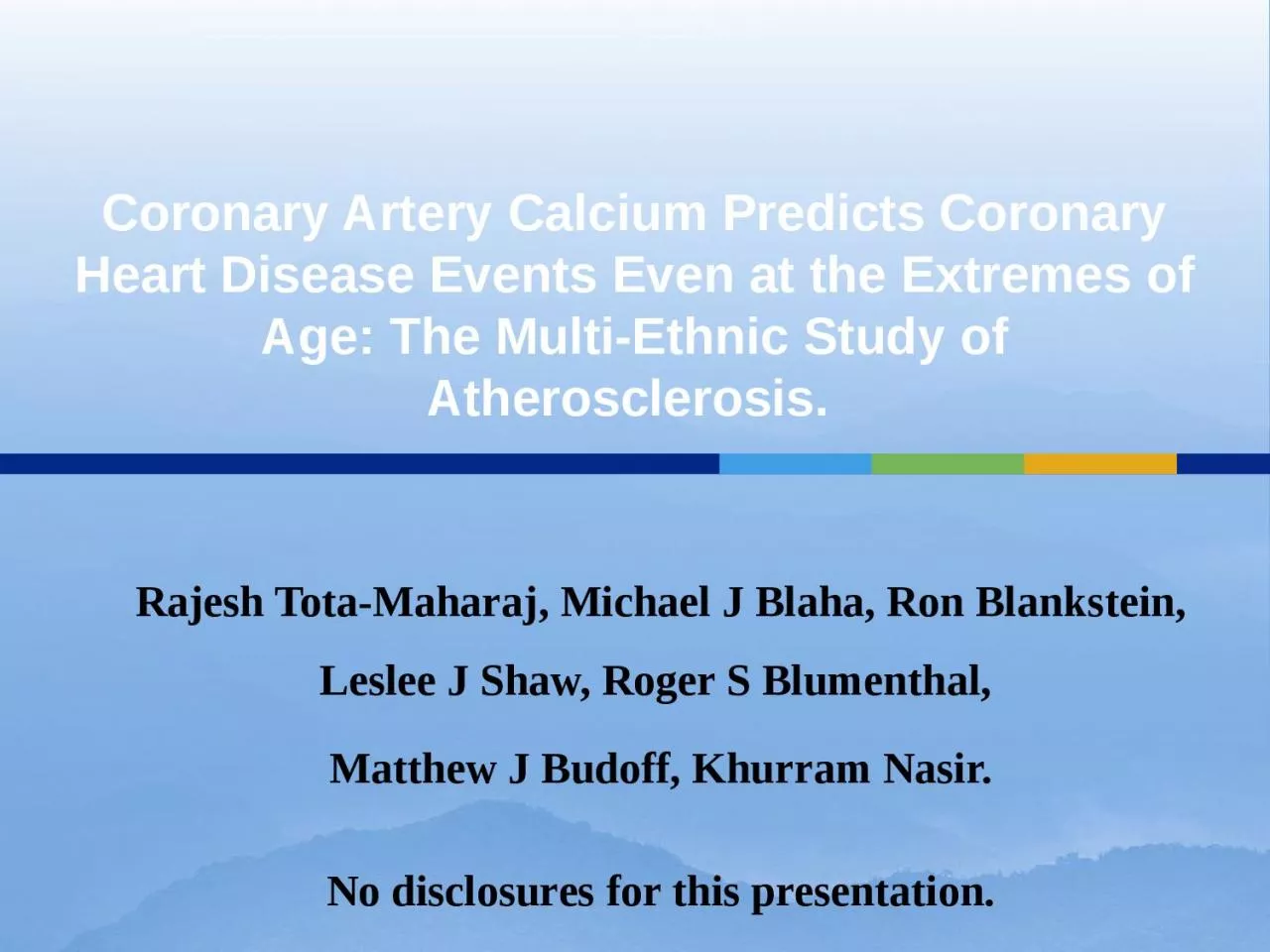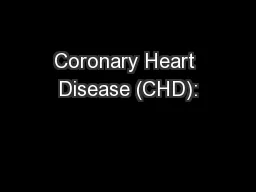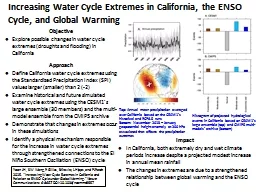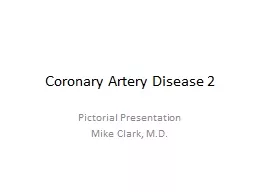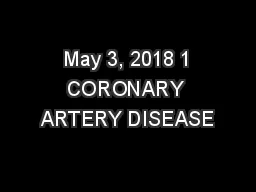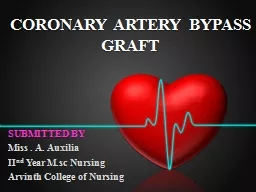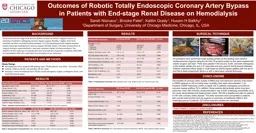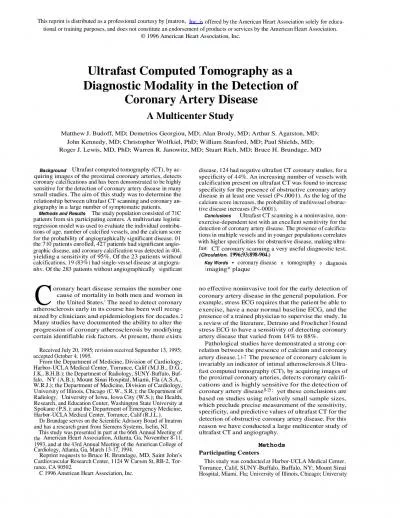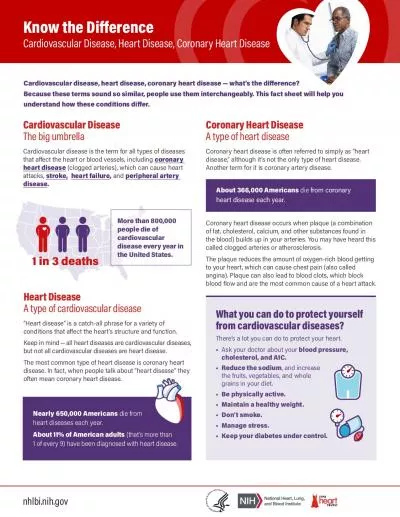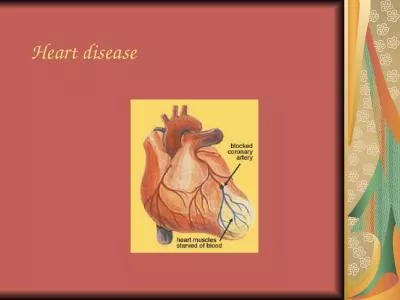PPT-Coronary Artery Calcium Predicts Coronary Heart Disease Events Even at the Extremes of
Author : Littlespud | Published Date : 2022-07-28
Rajesh TotaMaharaj Michael J Blaha Ron Blankstein Leslee J Shaw Roger S Blumenthal Matthew J Budoff Khurram Nasir No disclosures for this presentation
Presentation Embed Code
Download Presentation
Download Presentation The PPT/PDF document "Coronary Artery Calcium Predicts Coronar..." is the property of its rightful owner. Permission is granted to download and print the materials on this website for personal, non-commercial use only, and to display it on your personal computer provided you do not modify the materials and that you retain all copyright notices contained in the materials. By downloading content from our website, you accept the terms of this agreement.
Coronary Artery Calcium Predicts Coronary Heart Disease Events Even at the Extremes of: Transcript
Download Rules Of Document
"Coronary Artery Calcium Predicts Coronary Heart Disease Events Even at the Extremes of"The content belongs to its owner. You may download and print it for personal use, without modification, and keep all copyright notices. By downloading, you agree to these terms.
Related Documents

